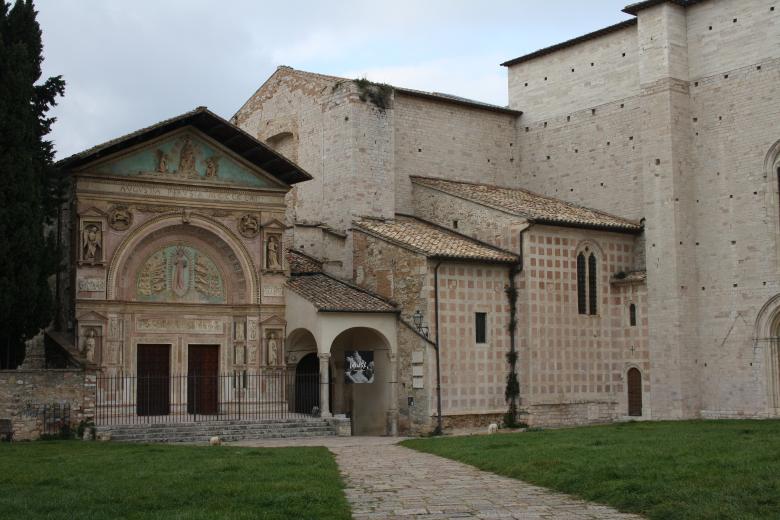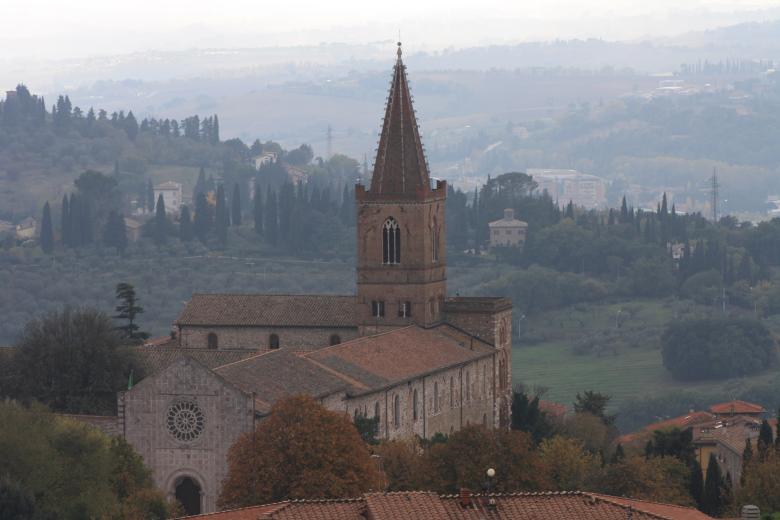An avant-garde journey through Umbrian art history
After two long years of refurbishment, the Galleria Nazionale dell'Umbria finally reopened to the public on 1 July 2022 with a modern, sustainable, intuitive exhibition itinerary with state-of-the-art solutions such as new multimedia equipment and augmented captions that now make the visit more stimulating and accessible to all.
From room to room, the collection follows a chronological itinerary. Beginning in the 13th century, the itinerary proposes Umbrian, Tuscan and Marche masterpieces by a number of Medieval and Renaissance protagonists: from the Master of St. Francis to the Tuscans Nicola and Giovanni Pisano, from Arnolfo di Cambio to Duccio di Boninsegna, up to Gentile da Fabriano and Lorenzo Salinbeni. Then we encounter some personalities from the Renaissance period: the works of Beato Angelico and Benozzo Gozzoli, Benedetto Bonfigli's evocative frescoes in the historic Cappella dei Priori, but above all one of the masterpieces the Gallery prides itself on: Piero della Francesca's Polyptych of St. Anthony. Perugino, Pinturicchio and Raphael enjoy a number of monographic rooms due to the large number of works in the collection, while a number of masterpieces of Umbrian art from the 17th to the 20th century conclude the visit: from Orazio Gentileschi to Pietro da Cortona and Sassoferrato to Gerardo Dottori and Alberto Burri. The National Gallery's collection can now also be explored from home! See https://gallerianazionaledellumbria.it/en/collection/
Inside the Gallery you will also find a bookshop, a restoration workshop and a library specialising in Art History that is open to scholars and students and now has over 25,000 volumes. In addition to a conference room, the frescoed Sala Podiani is available for temporary exhibitions, concerts and performances.
Useful information and accessibility
Useful information:
Fares and Opening hours:
Information on opening hours can be found in the webpage https://gallerianazionaledellumbria.it/en/visit-the-galleria-nazionale-dellumbria/
Guided and educational tours: Sistema Museo Tel. 075 5721009
For further information:
https://gallerianazionaledellumbria.it/
tel. 075 58668410; 075 5721009 (Bookshop)
tel. +39 075 58668415-58668436 (Ticket Office)
Accessibility:
The structure can be visited by people with mobility difficulties and who need aids. A lift is available for this purpose and a wheelchair can be hired to visit the Gallery.
Guide dogs are permitted for visits by blind or visually impaired persons. In addition to the possibility of hiring audio guides, there are models with Braille and relief captions at the beginning and end of the exhibition.
Inside the National Gallery there is also a Baby Pit Stop, an area dedicated to breastfeeding and childcare.
























.jpeg/0d7d918e-eddd-ed4c-9da2-23a6917261f0?width=1920)
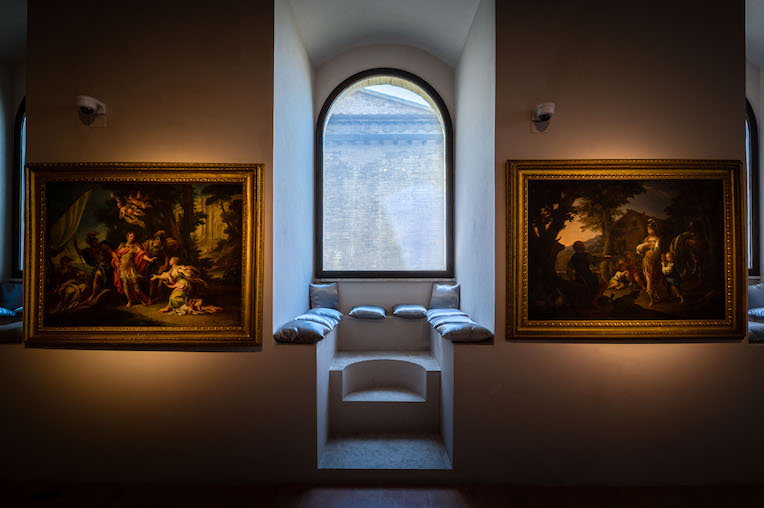
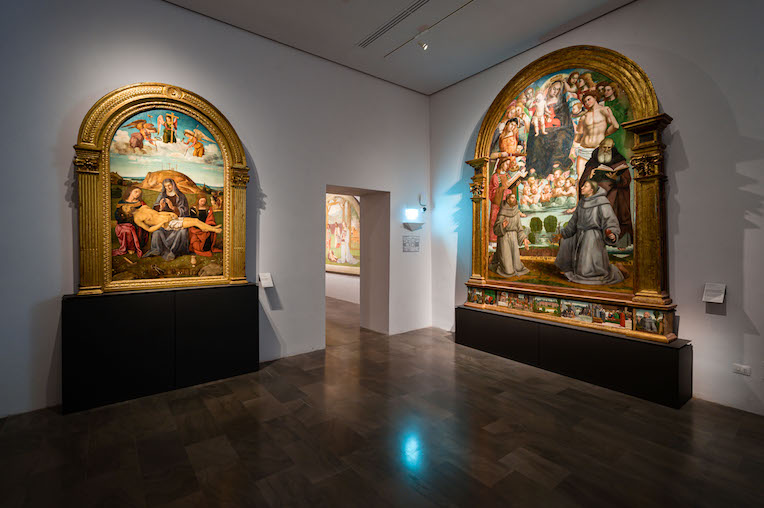

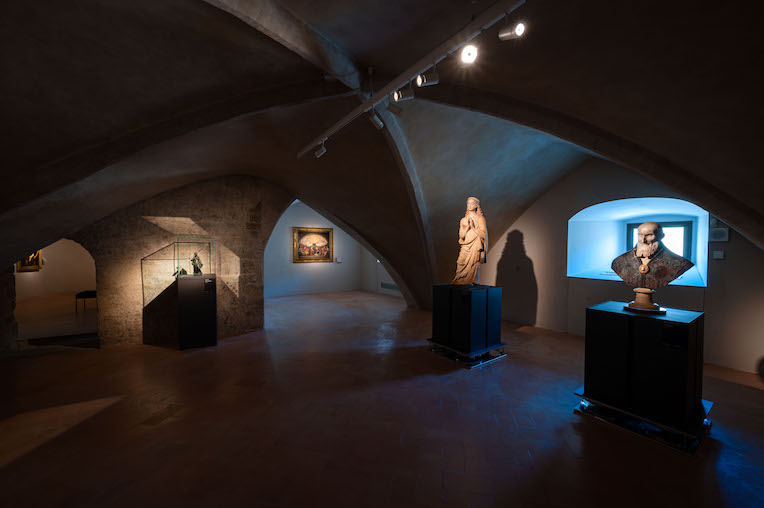
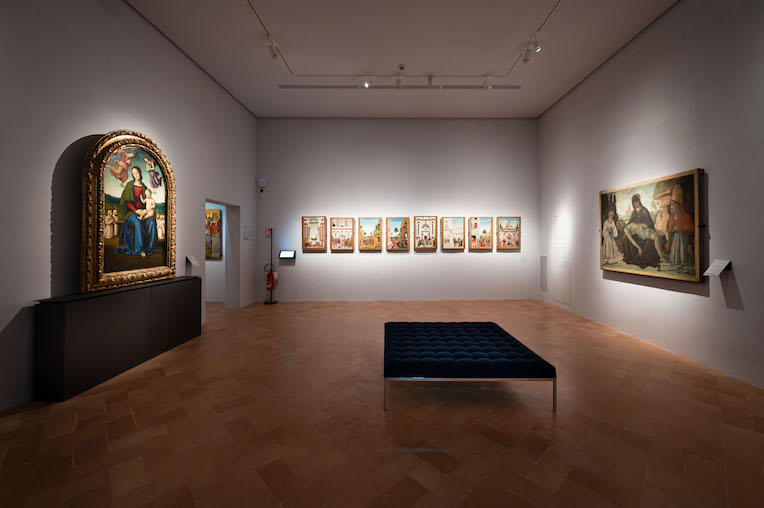
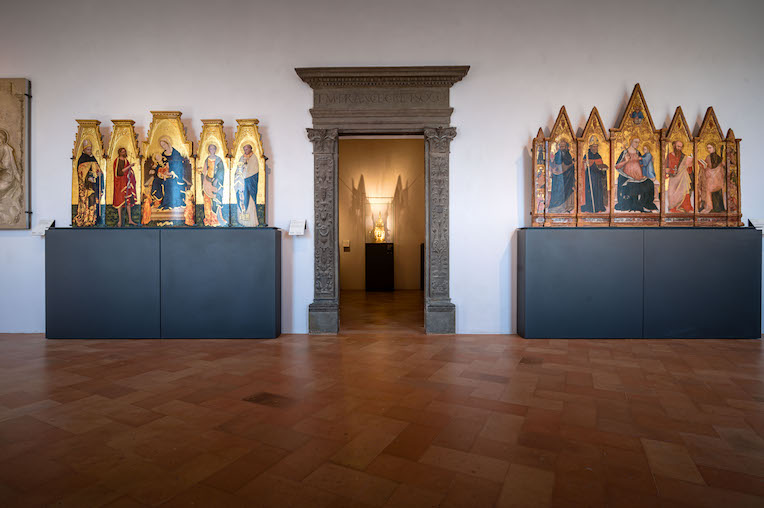







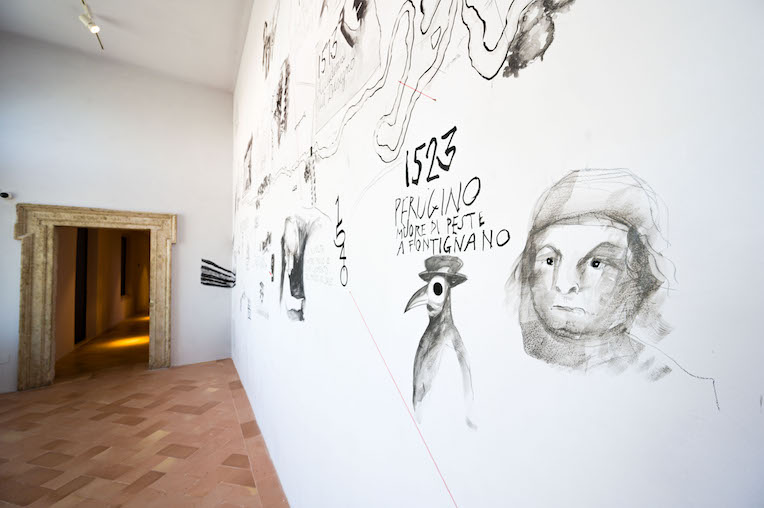


.jpg/57eda7af-f14d-d05d-f11c-d1cdb56c5f9f?width=780)




